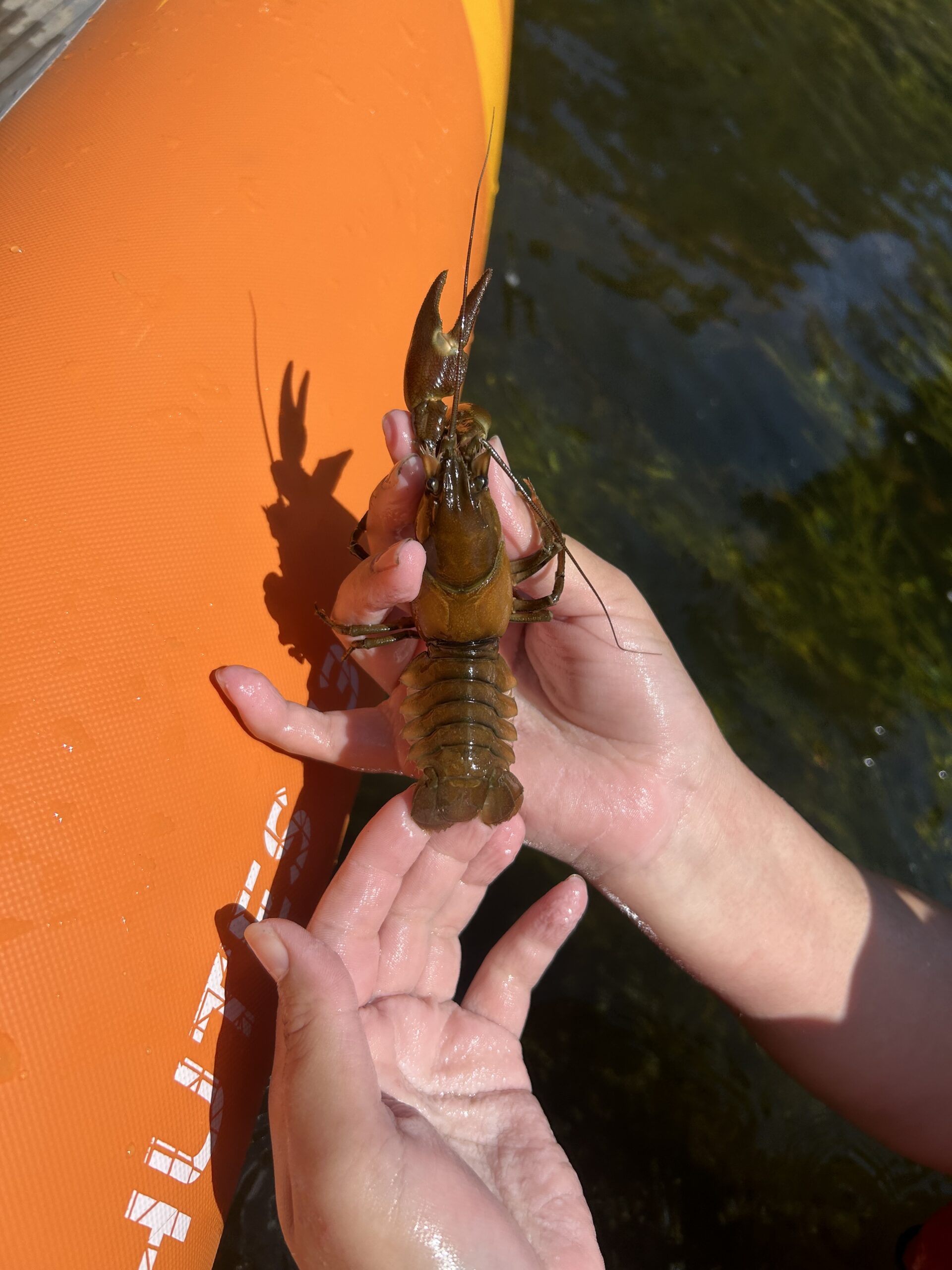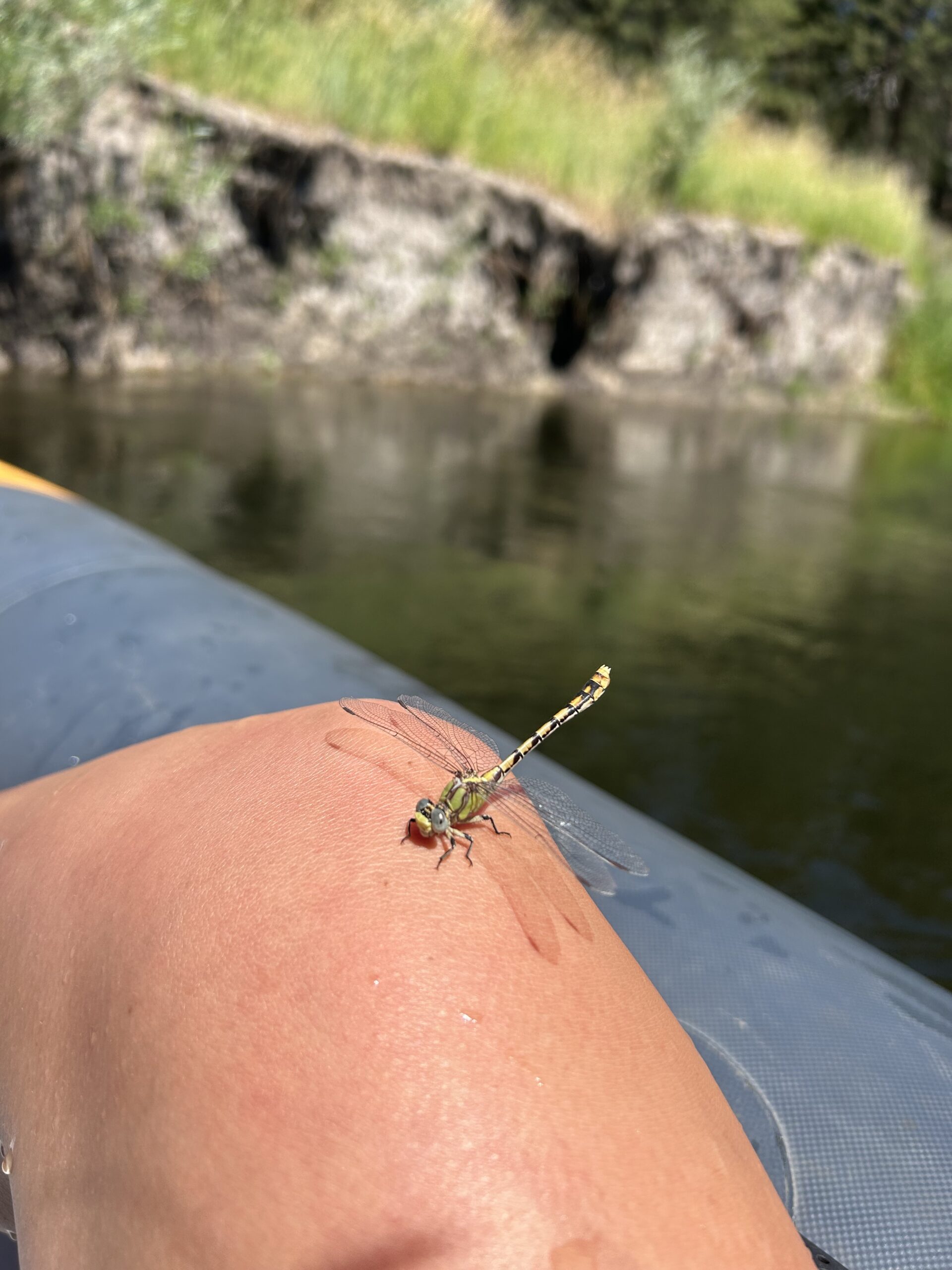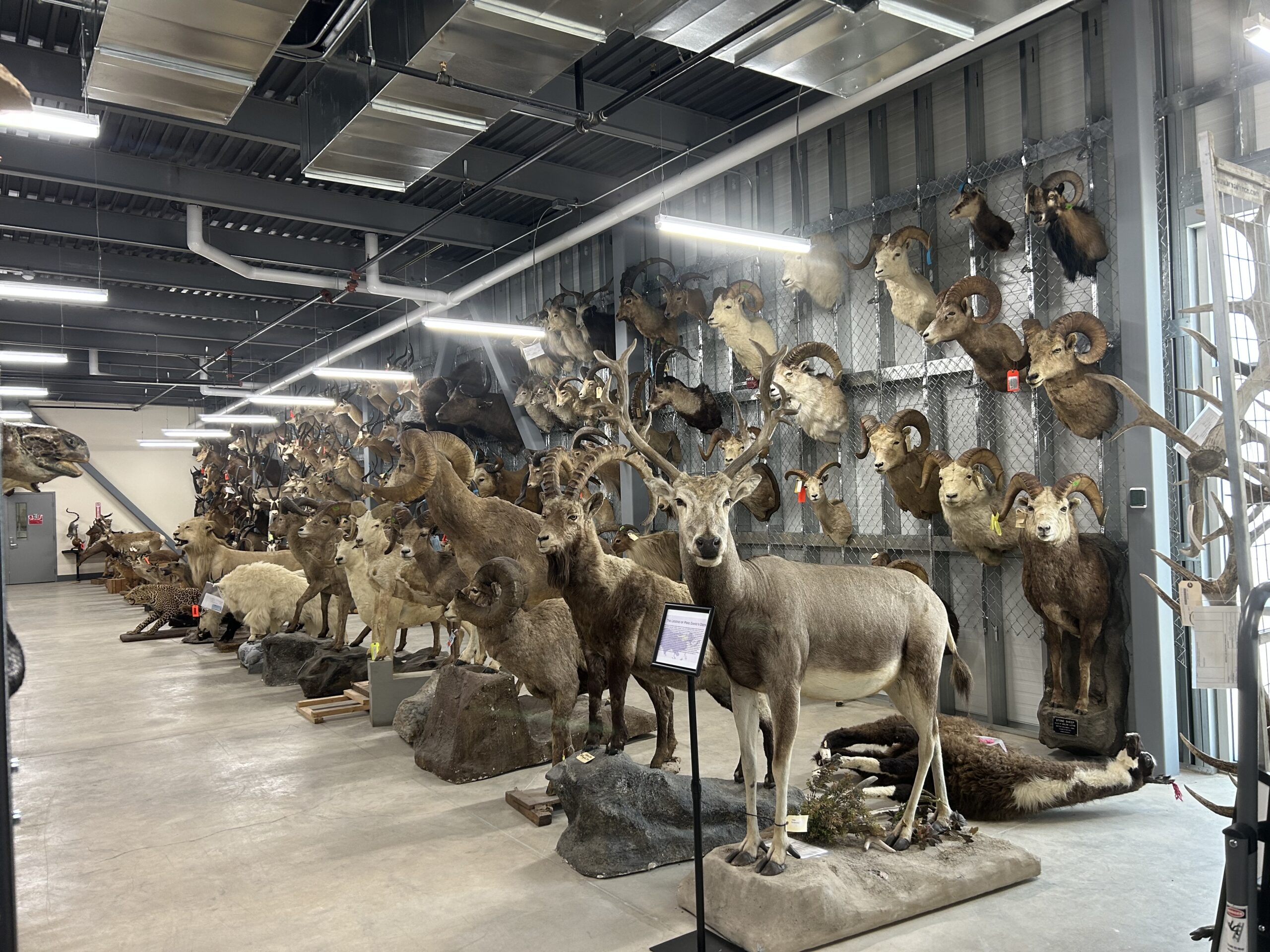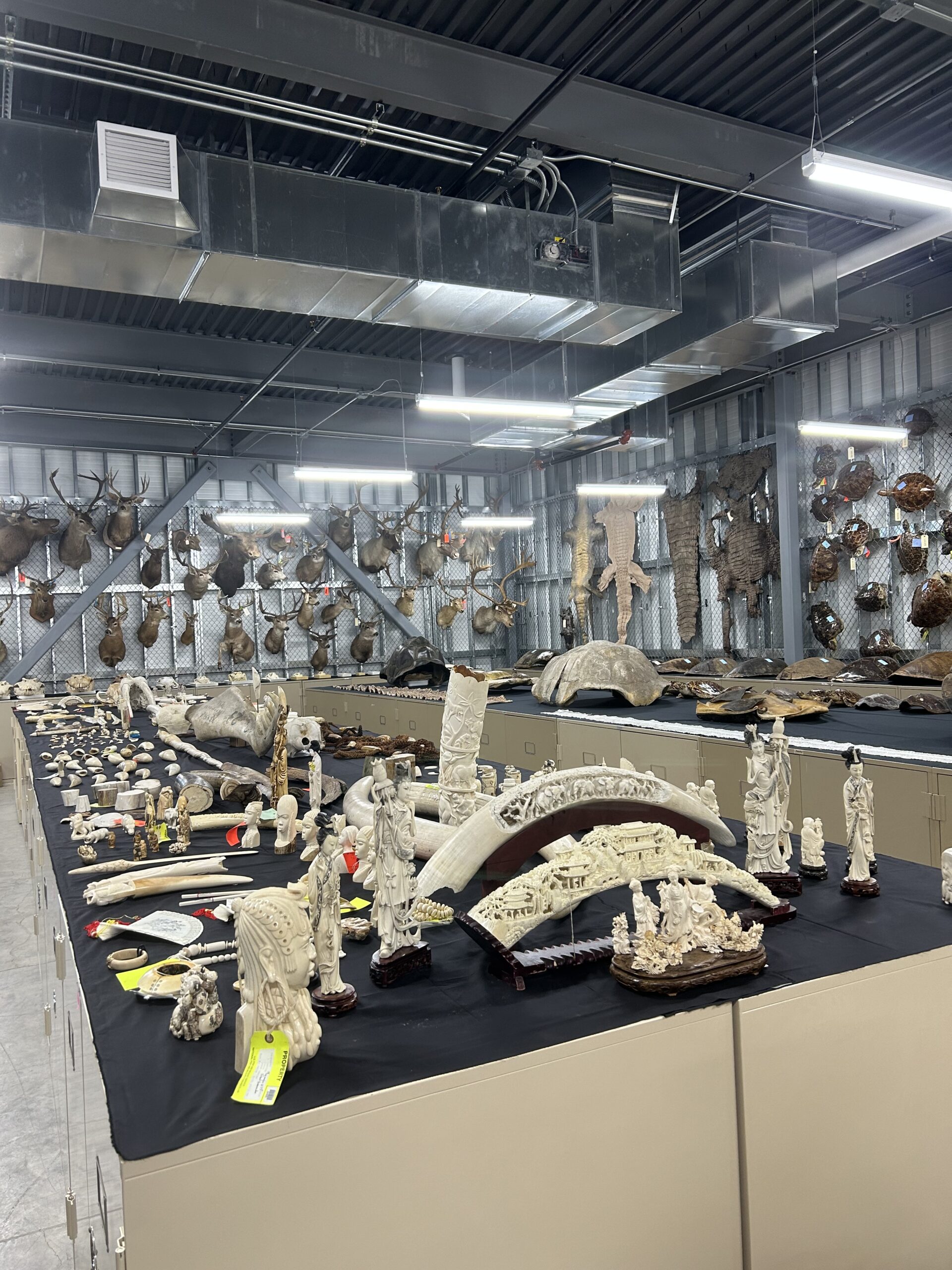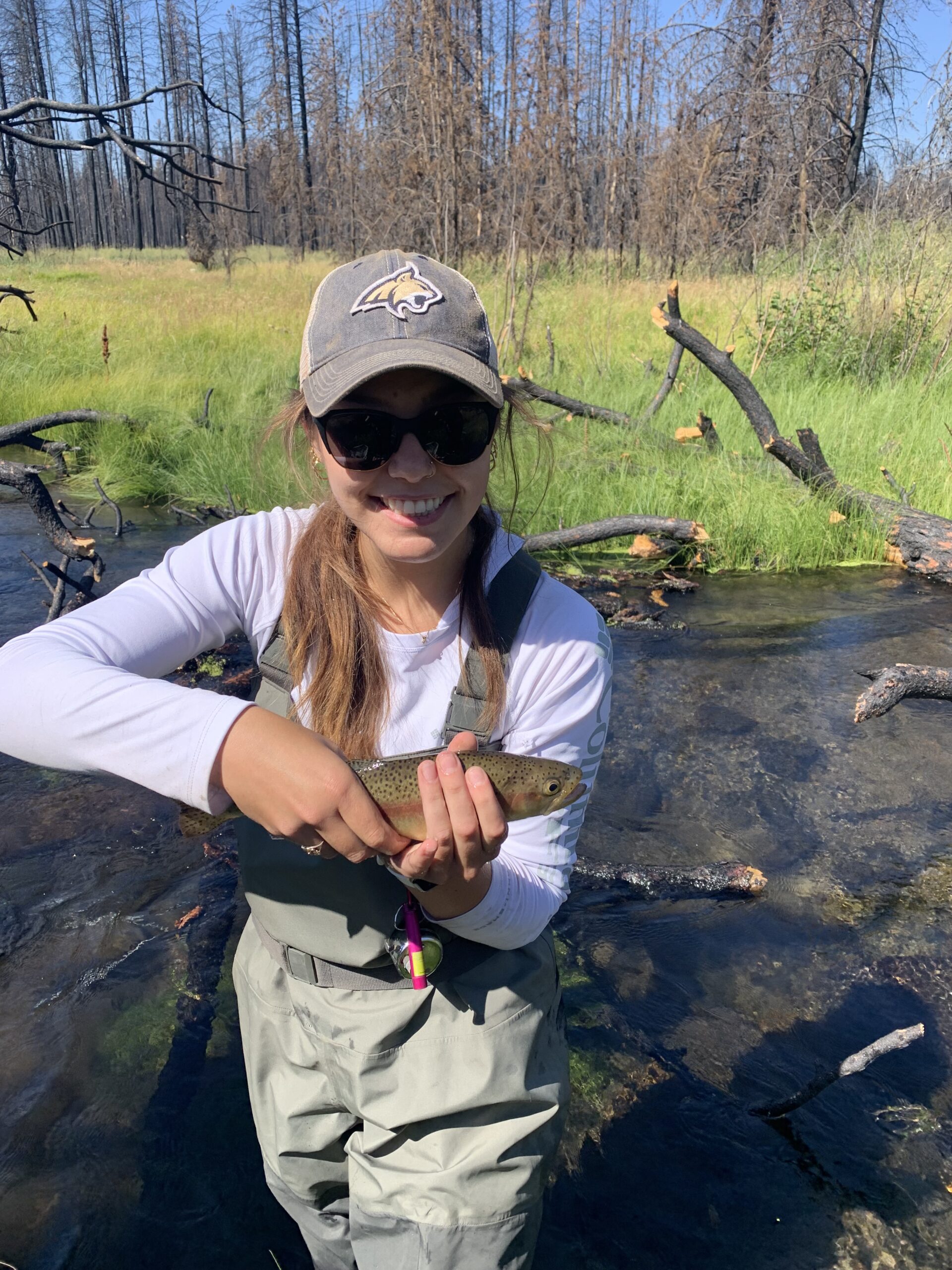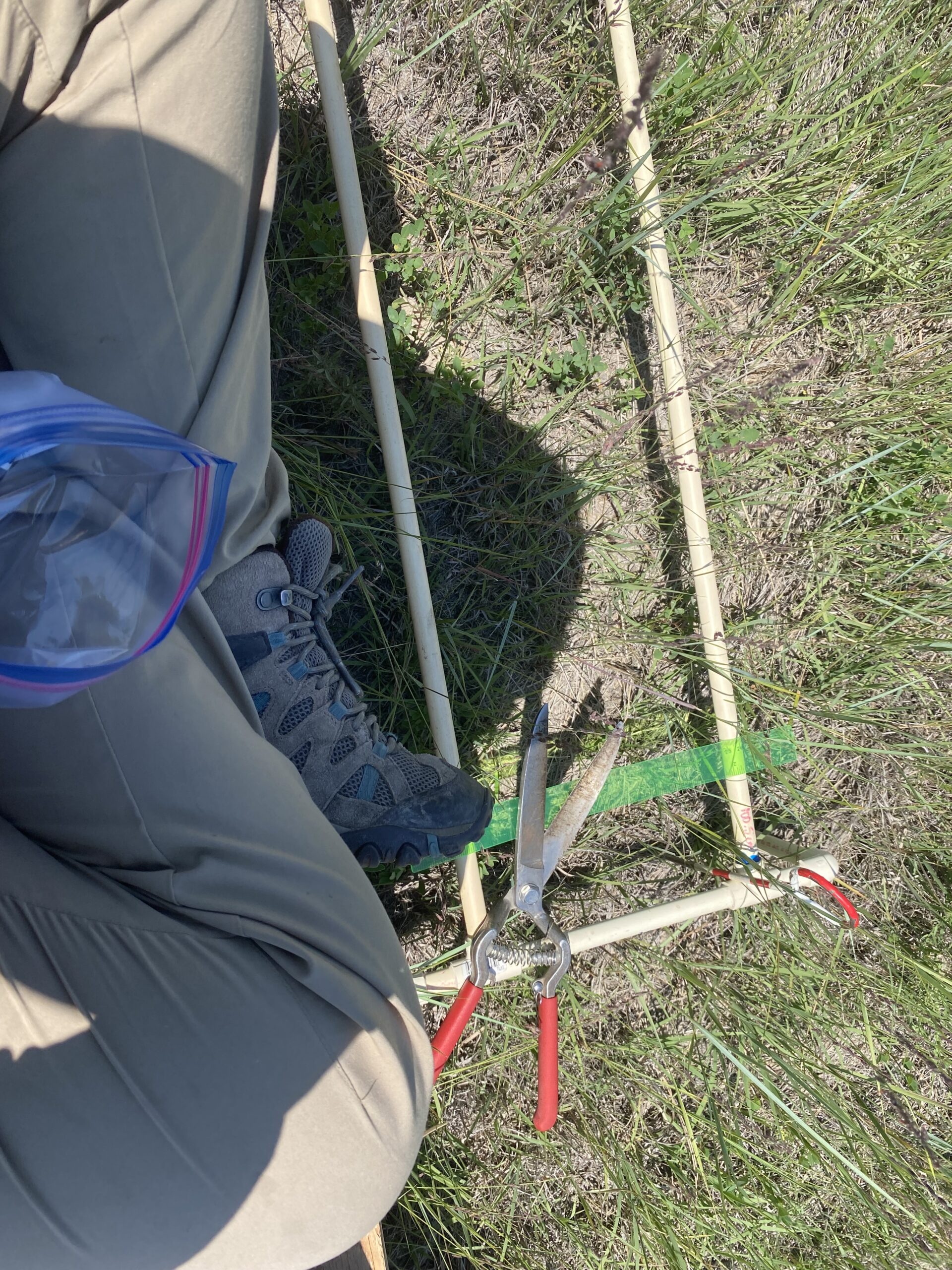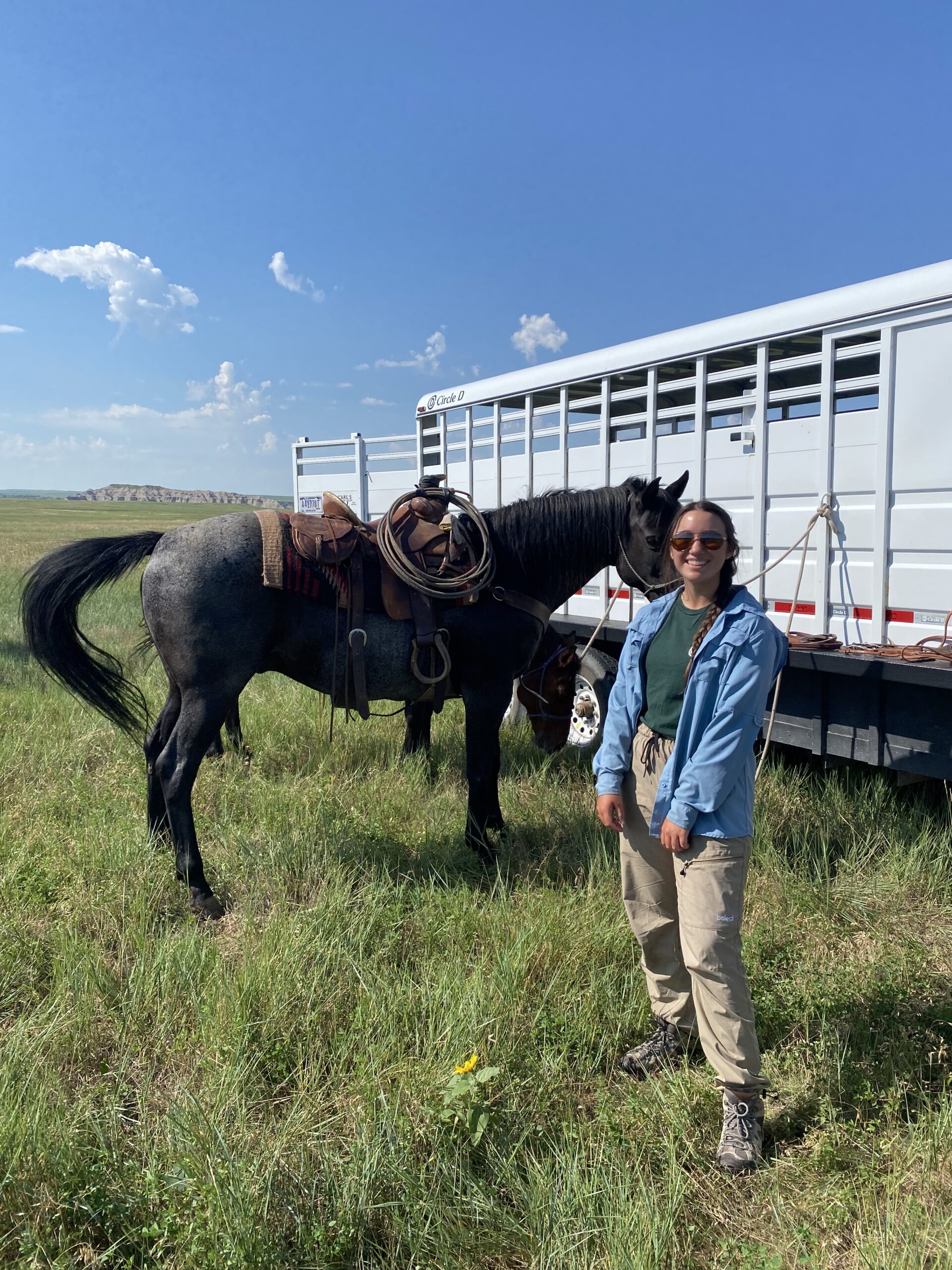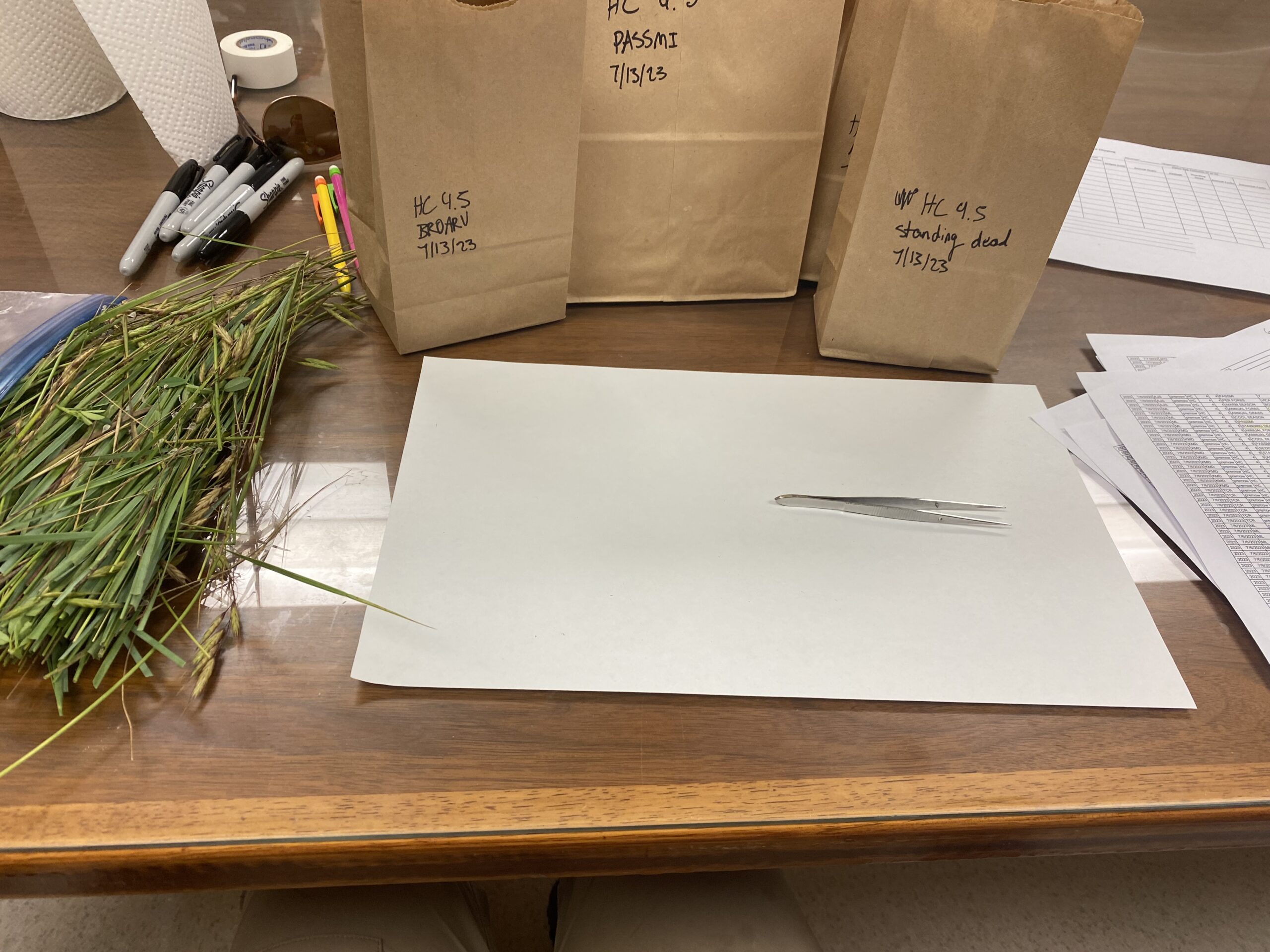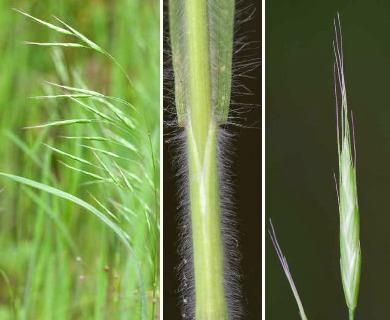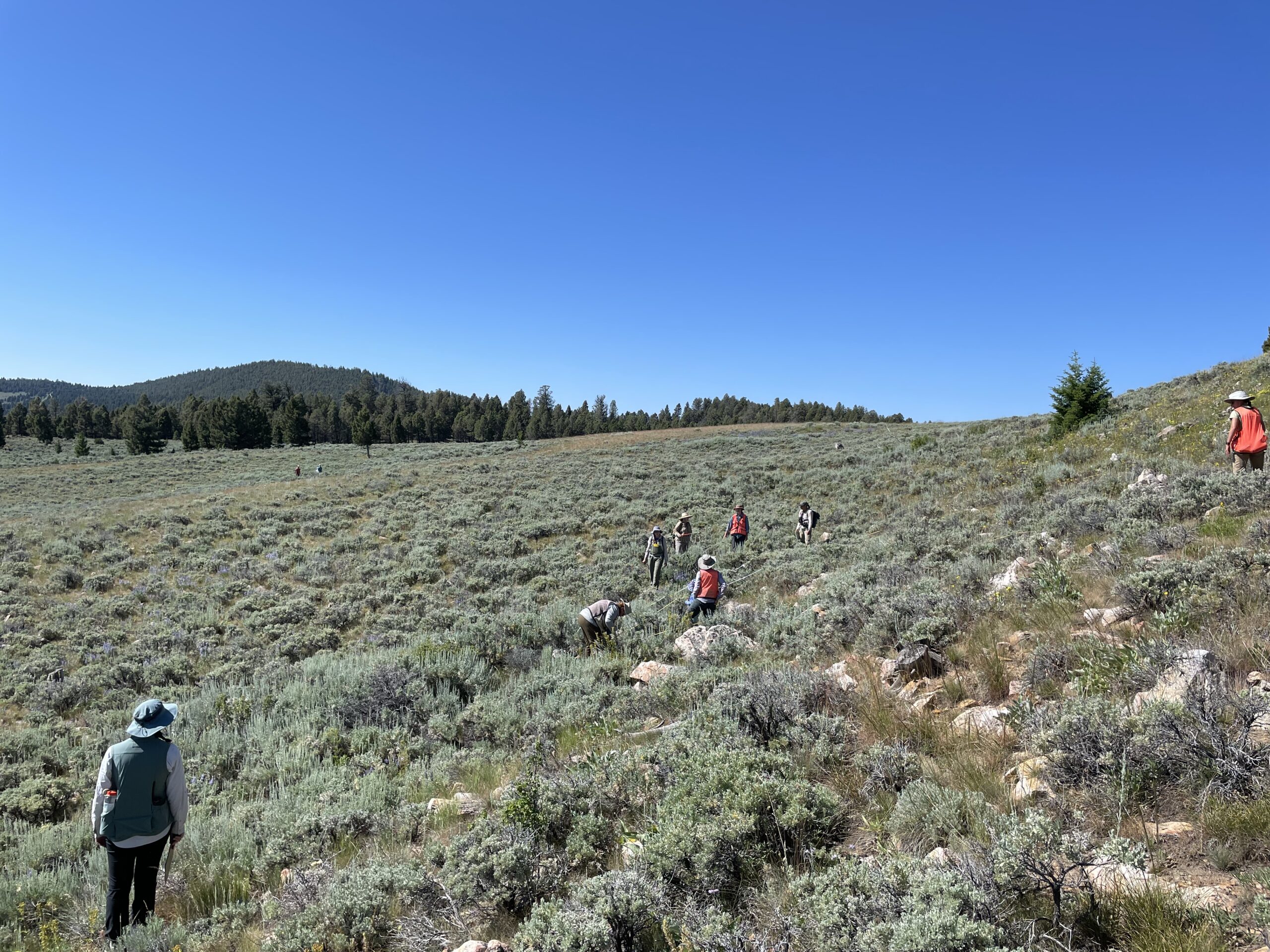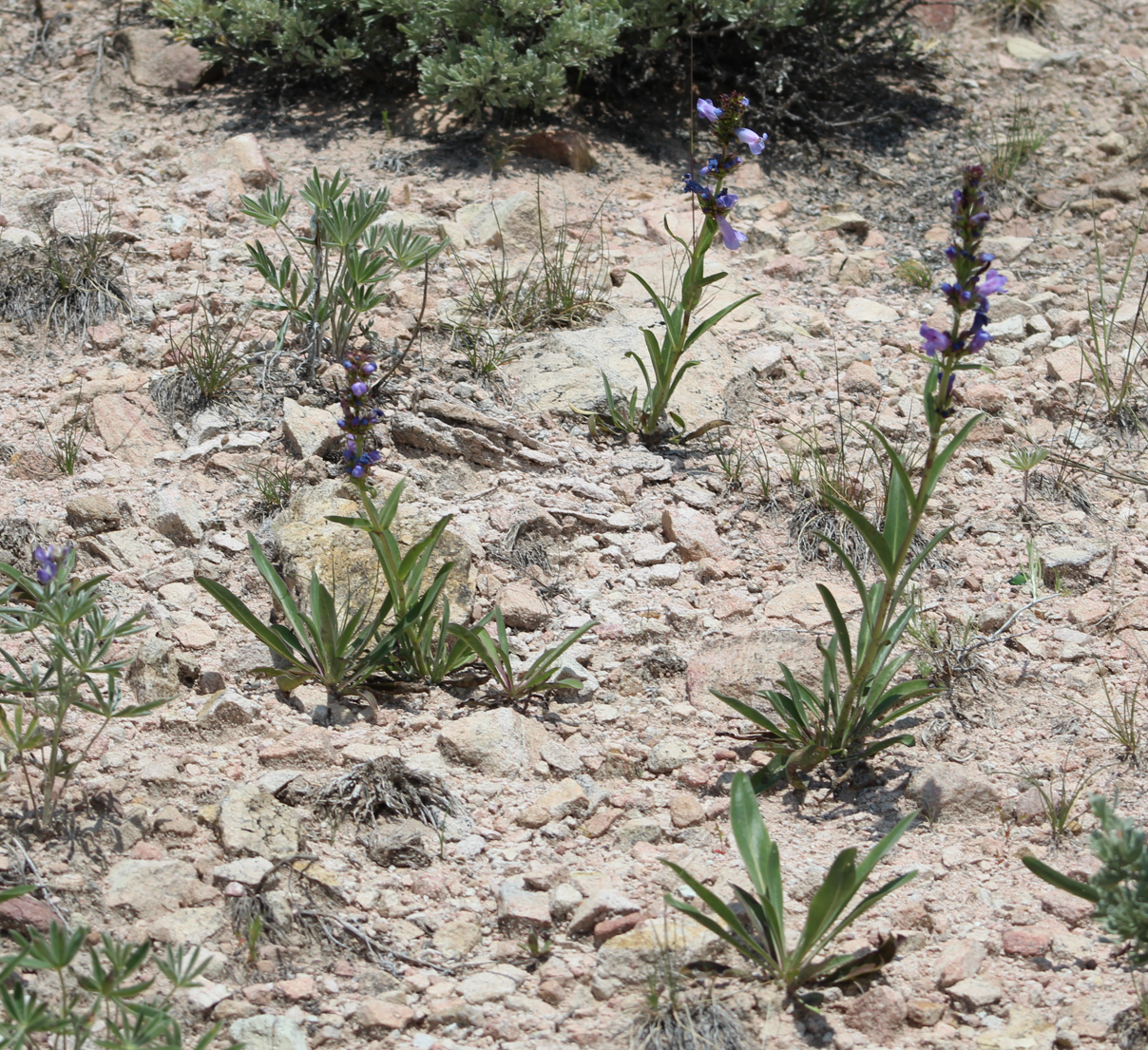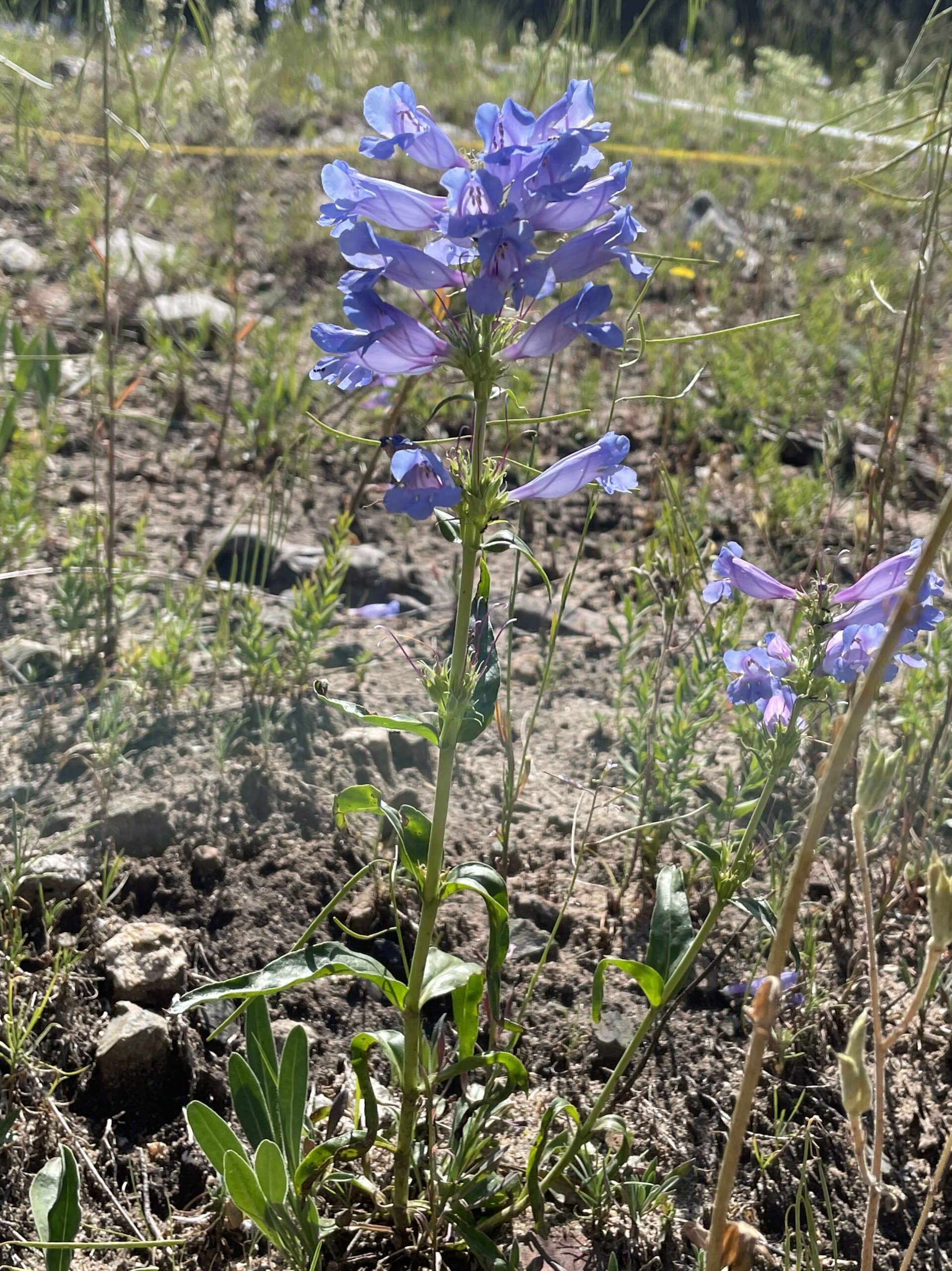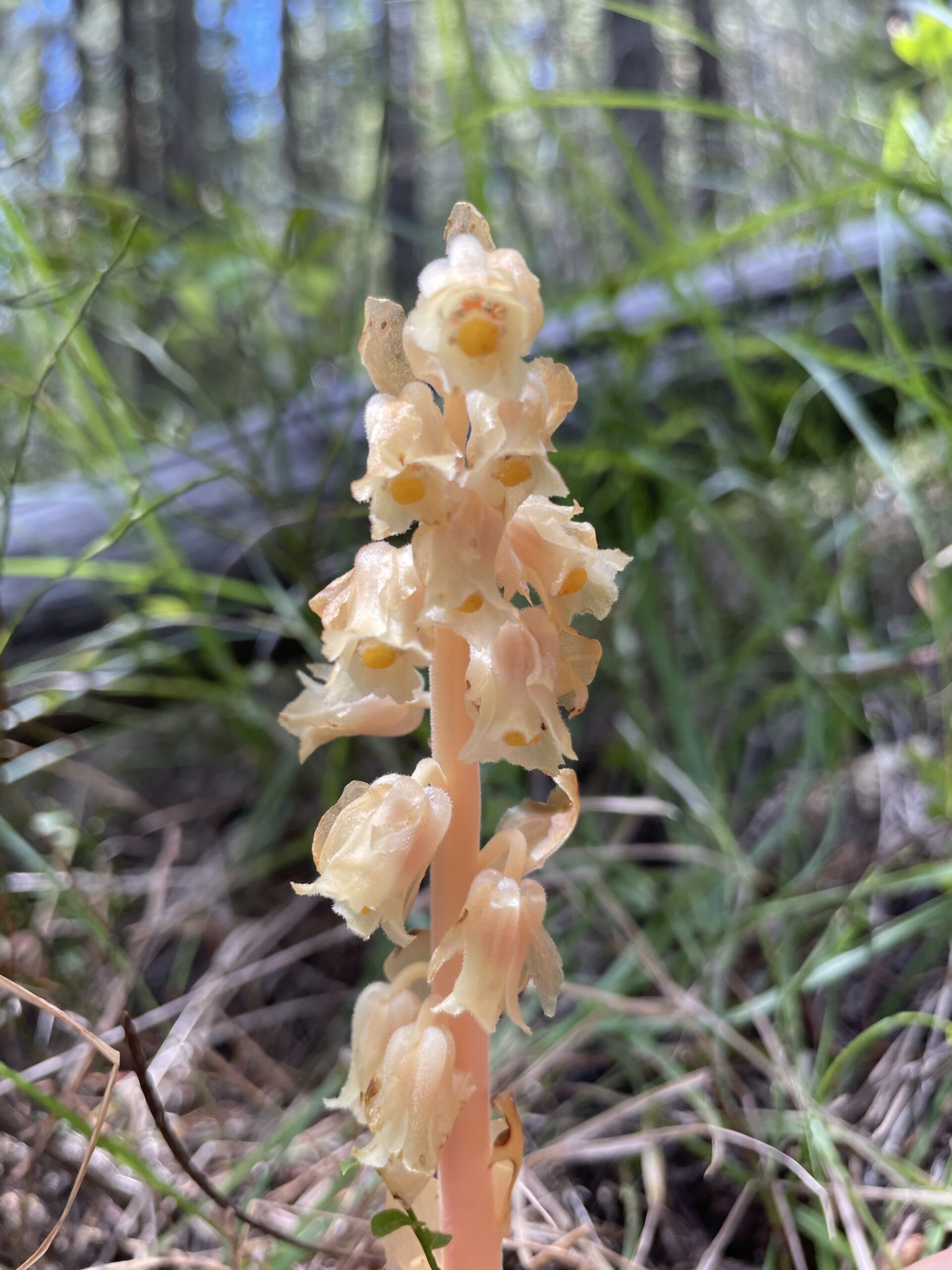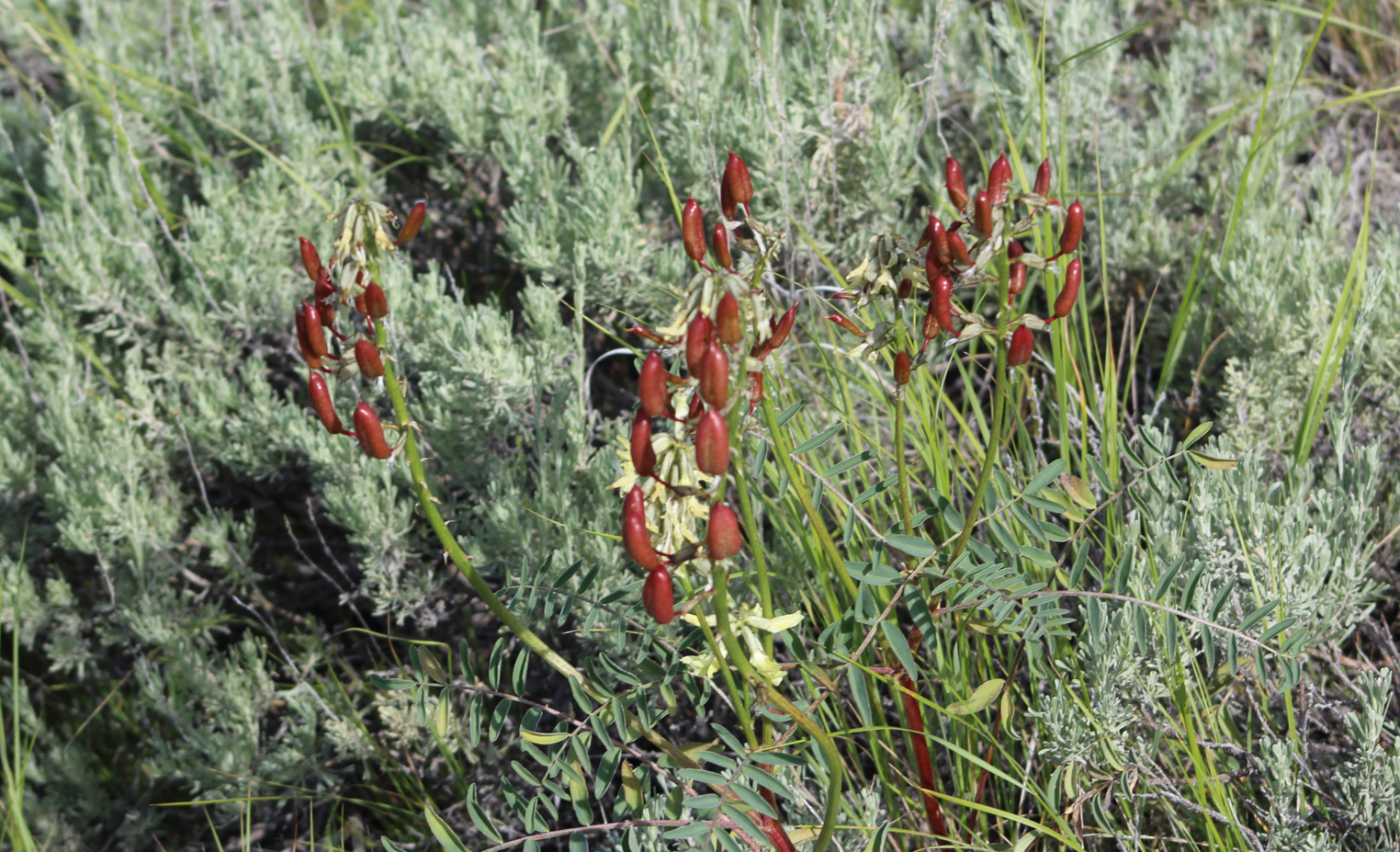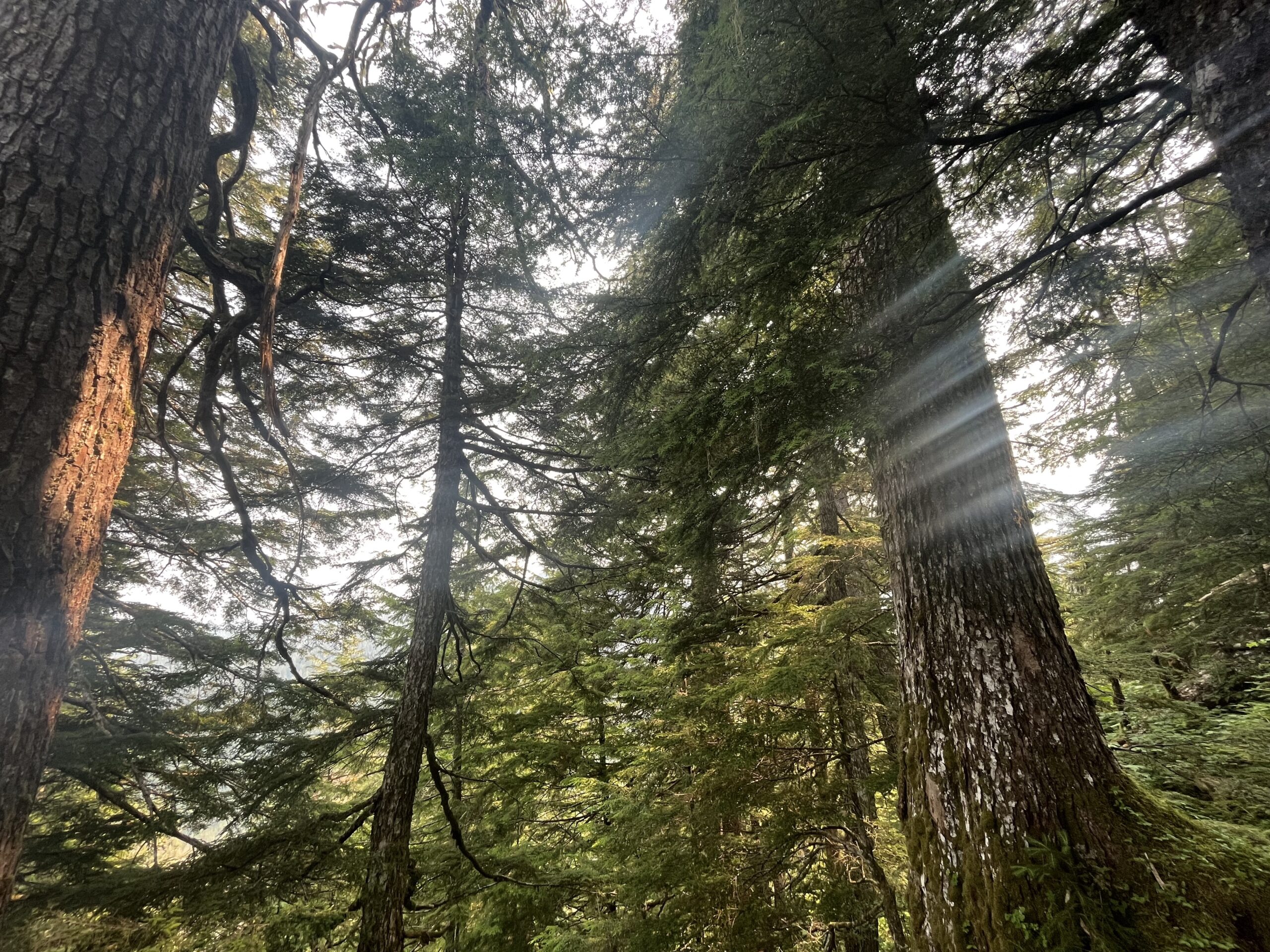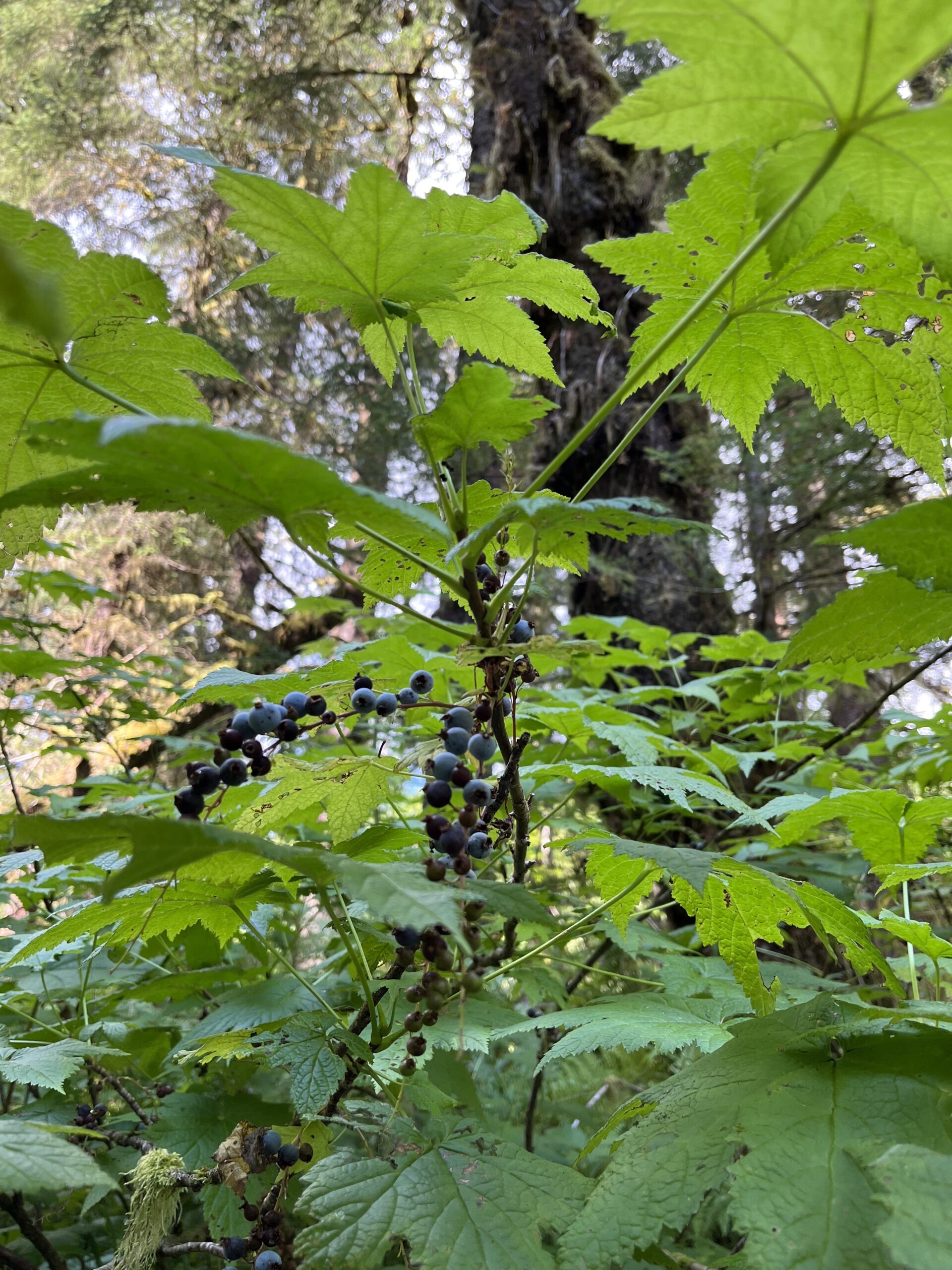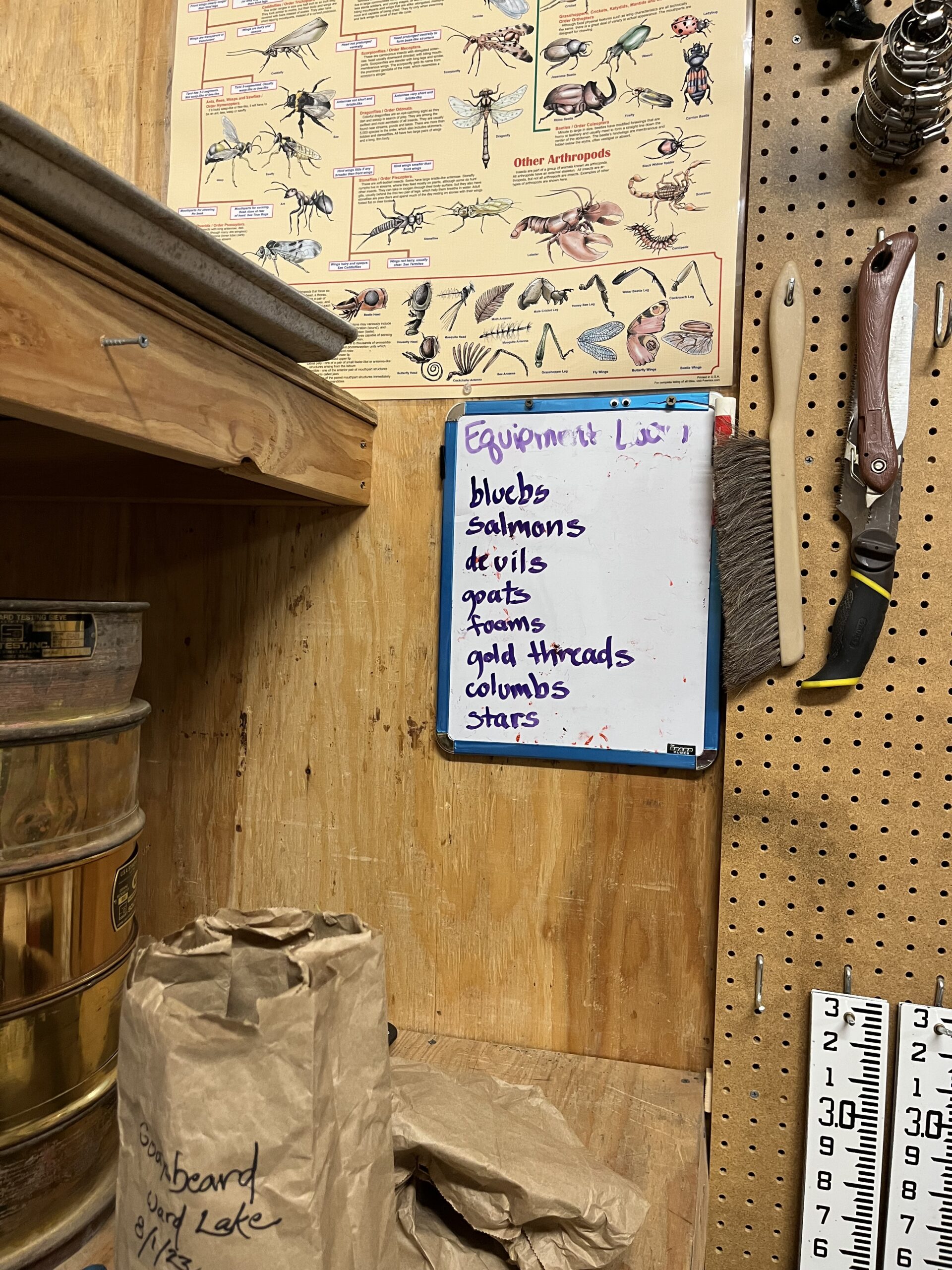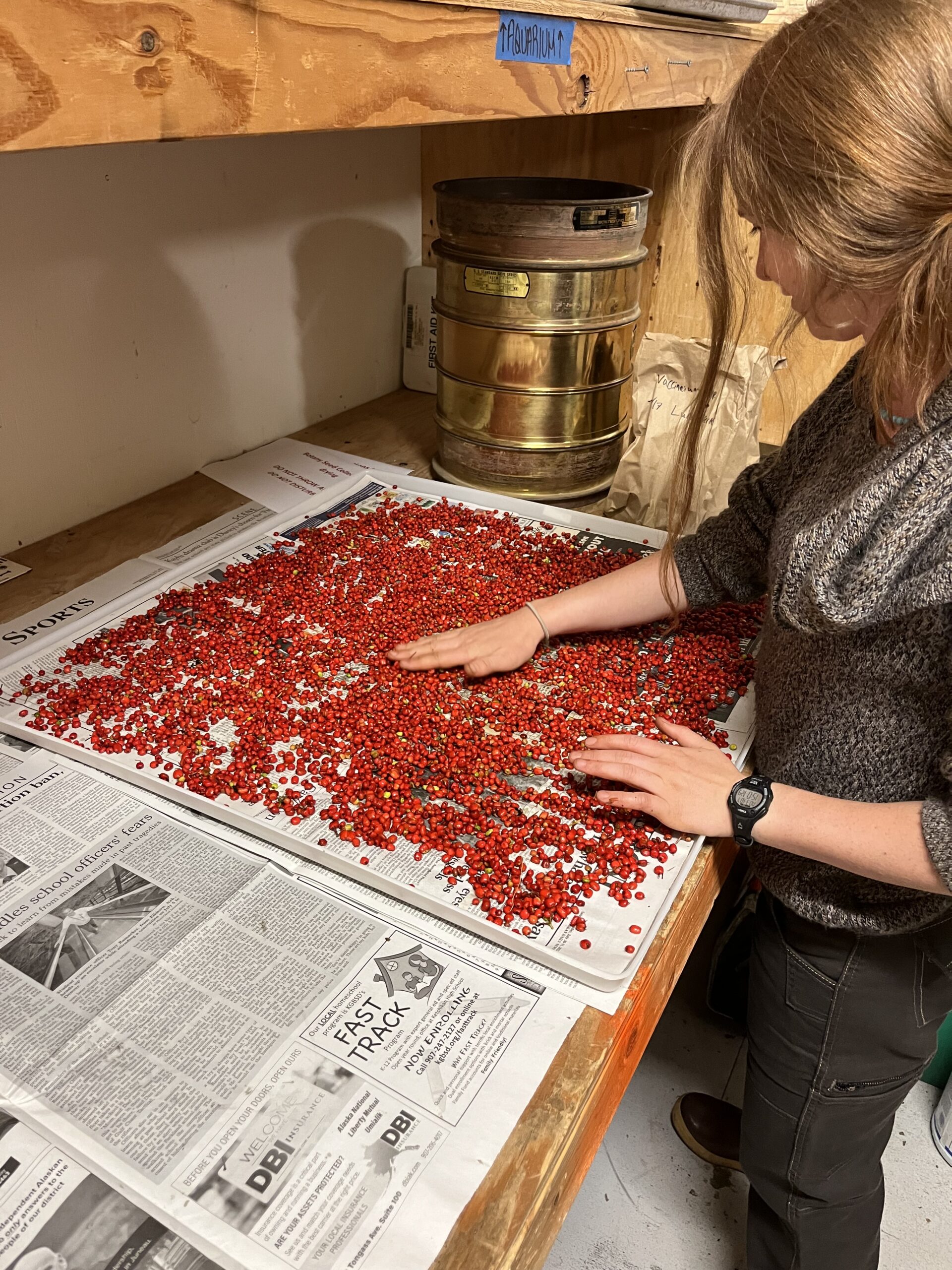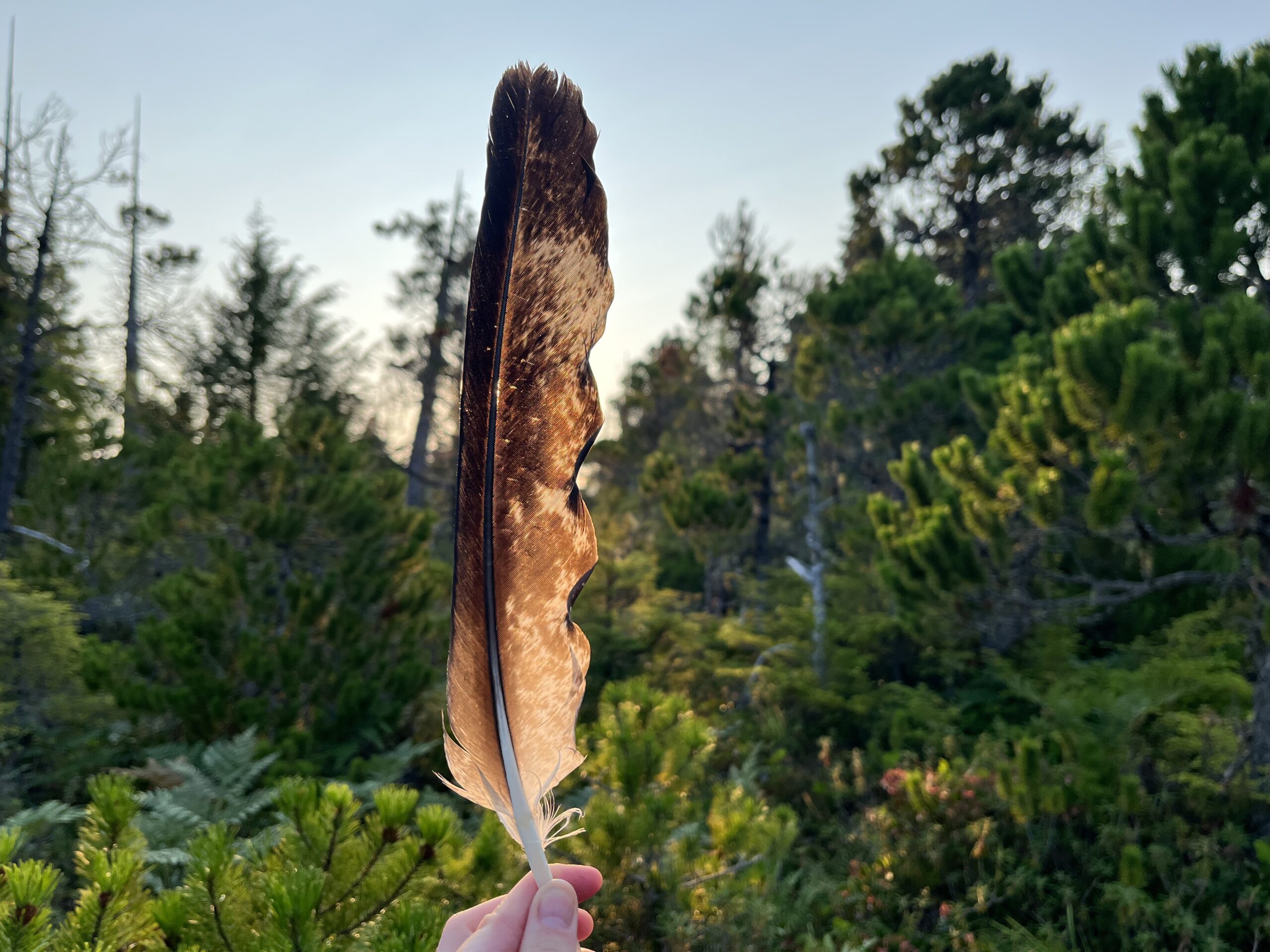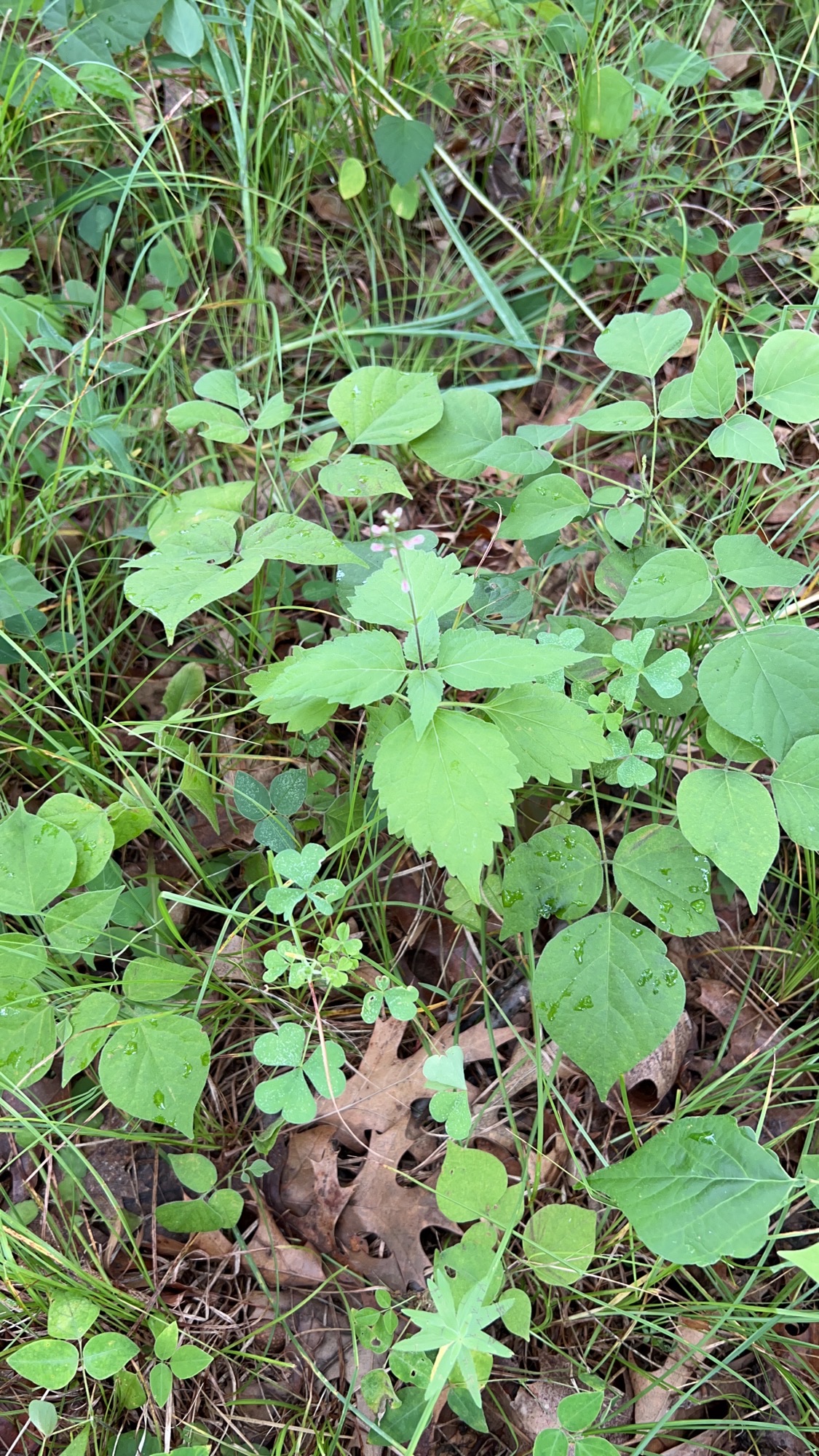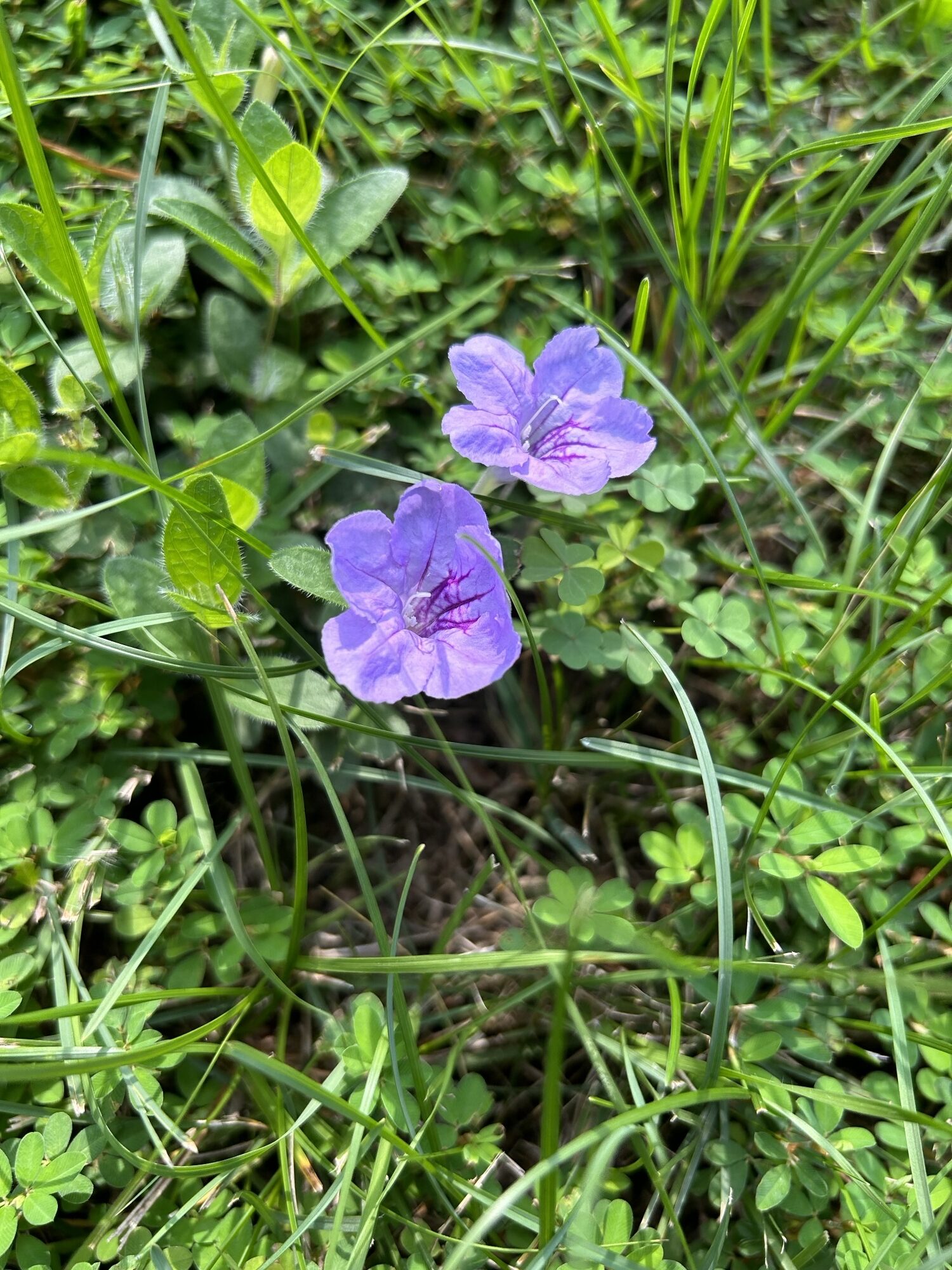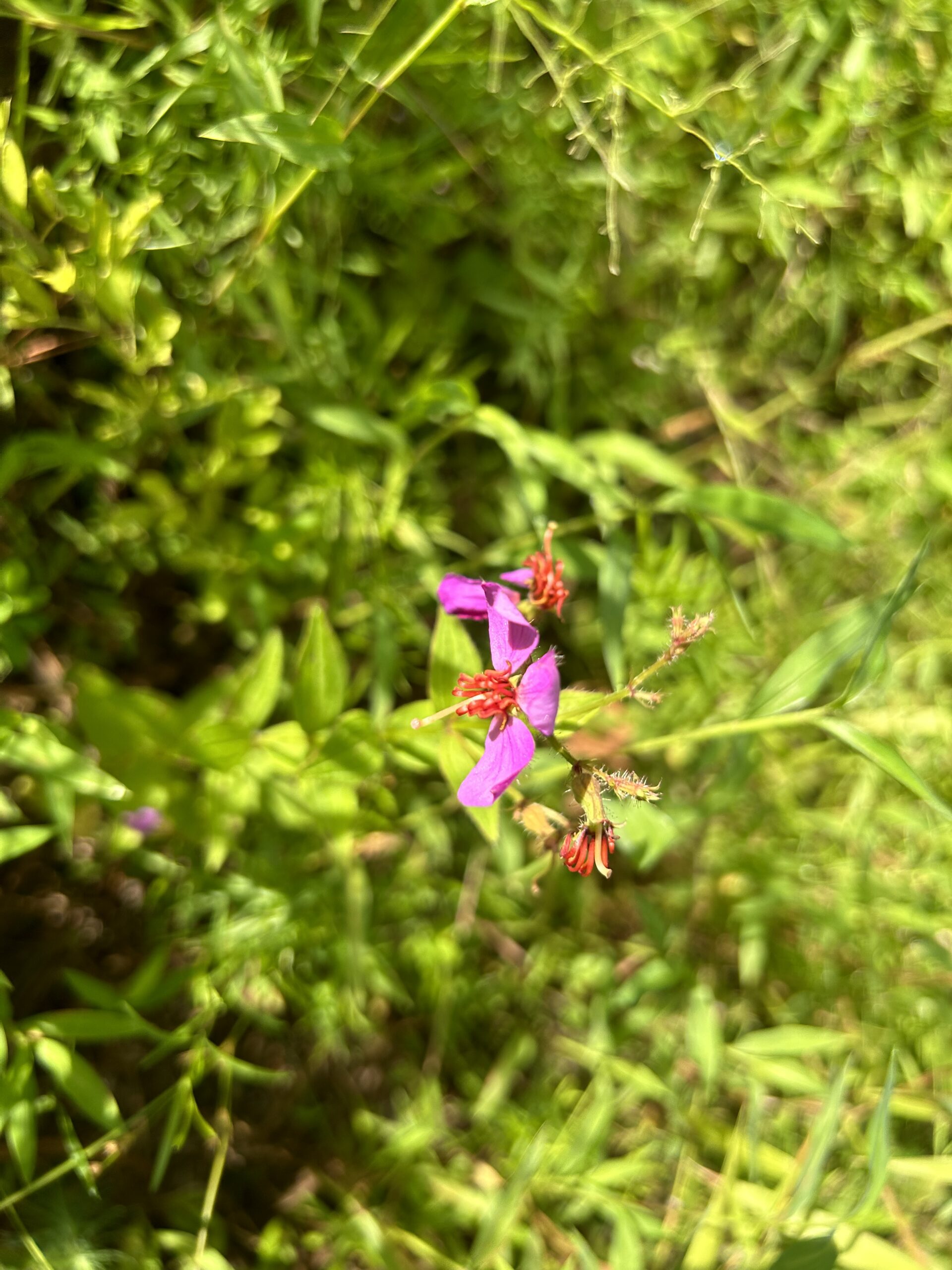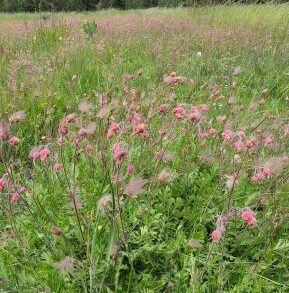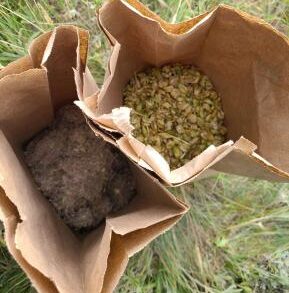The great war of me v. seed had started long ago when I choked on some sunflower seeds when I was a kid. And now I get my just retribution by taking 20 percent of some Zizia aurea seeds. Admittedly I would have liked my revenge to be more decimating, but I’ll settle for 20 percent.
I’m now getting into the swing of things and I think I’m shining as Midewin is a wondrous place is what I’ve been finding, not only am I surviving but I am thriving. Along with seed collecting we did dinner brush cutting where we took very scary power tools that had a whirring buzzsaw to some shrubs. While in the field I found a bone, whether from a human post them being brush cut or some animal I don’t know, but it is in my home now as a trophy for surviving my brush with brush cutting.
After massacring the shrubs with sharp edges we switched from physical to chemical via the use of a chlorine swimming pool blue gooey herbicide covering of the cut stumps. Carrying the thorny shrubs to the dump trucks left our arms scratched red, but overall the whole experience was so fun and I’m glad we did it!
We also spent some time vegetation monitoring which involves standing around a quadrat and identifying every single plant in that square. No cutting corners with the square every plant must be recorded. As we encircled the non-circle I learned the common and scientific names of all these plants that make their home in the prairie, such as Penstemon digitalis seen here in digital form.
I was born in 2001, the year of the serpent, so it was only fitting that I got to do some snake stuff while I was here. There are many metal and wooden boards all around the prairie here that could theoretically have snakes under them, but usually have wasp nests. I did get to hold and measure a snake.
A beautiful specimen that I was honored to caress in my arms. I related very much to the snake because my own arms from a lack of lifting have the same amount of definition as a snake’s body. Along the way we ran into a large blackberry bush that stopped us in our tracks as we ate from the bush for a while.
I don’t have any children and I don’t plan to anytime soon. But in the meantime my surrogate children have been the plants that I have planted at the River Road Seed Beds that we have. I make a home for these plants in the ground that includes Liatris spicata and I nourish them liberally with water. In time they have aged from babies to toddlers which has happened so quickly. They grow up so fast!



